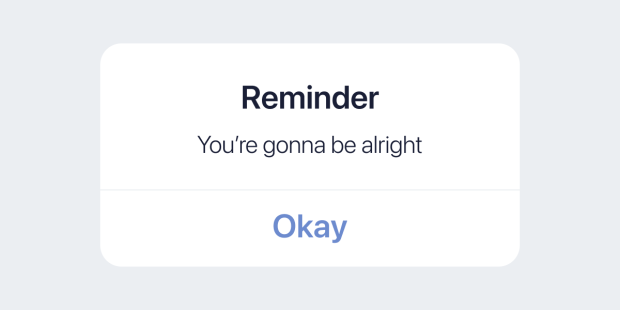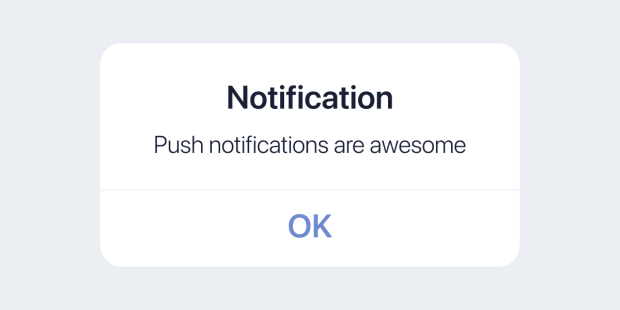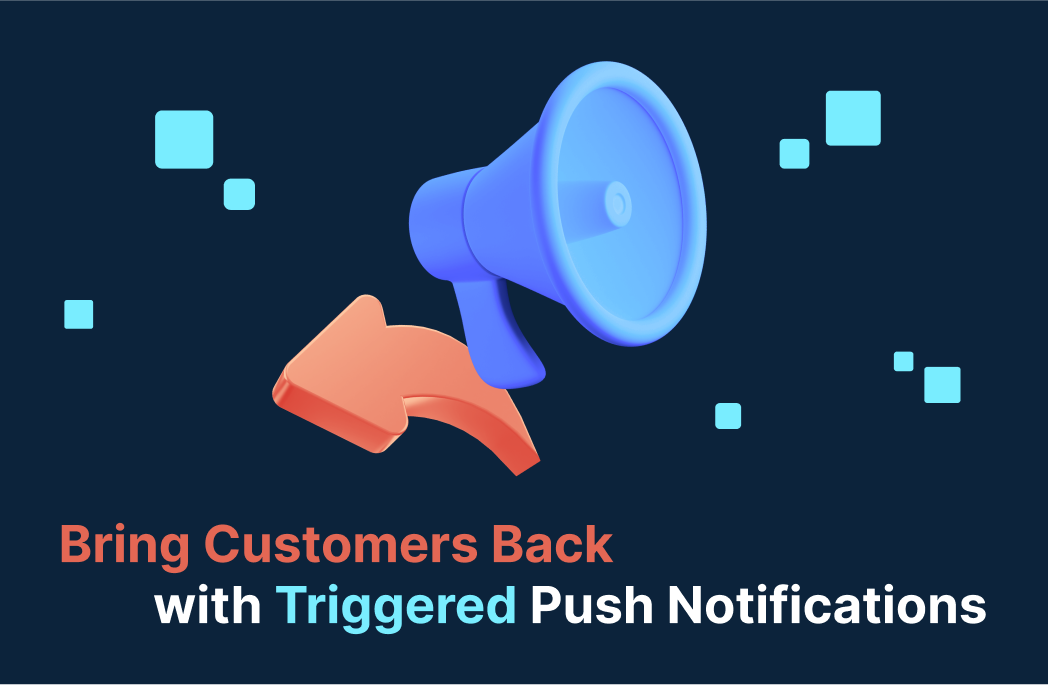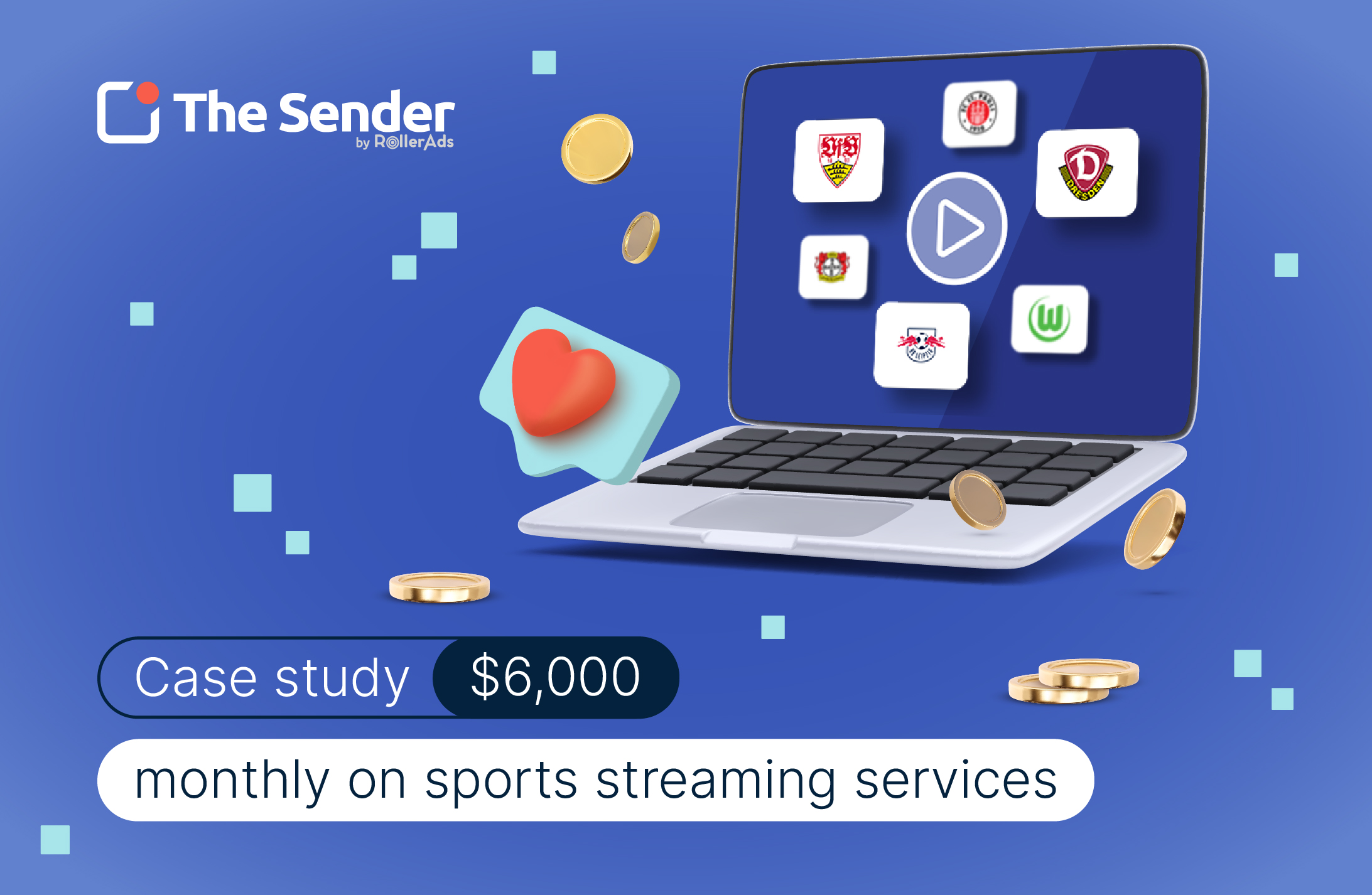Push Notifications: Complete Guide
Push notifications are small pop-ups that appear on the screen of a device. A large share of people proclaim pushes to be dead over and over again. Yet, few marketers are willing to give up on them as push notifications are easy to establish, cheap, and reliable, which is why they refuse to fall into oblivion. In affiliate marketing, push notifications are becoming an increasingly important tool for marketers to engage with their audience and improve their metrics.
In this article, we will first look at how push notifications work, including their definition, format, and delivery. We will also explore the optimal length of push notifications and provide examples of effective push notifications. We will then discuss the benefits of push notifications in affiliate marketing, including increased traffic flow, increased sales and conversions, improved metrics of other ad channels, and improved retention rate and website ranking. Next, we will provide best practices for creating effective push notifications, including personalization and targeting, attention-grabbing headlines, clear and compelling calls to action, timing and frequency, and A/B testing and optimization.
Introduction
Push notifications are messages that are delivered to a user’s device via an app or website. They can be sent to a user’s phone, tablet, or computer and appear as small pop-ups on the screen. In affiliate marketing, push notifications are used to promote products, services, or offers to users who have opted-in to receive them.
Push notifications are an effective way for marketers to reach their target audience, increase engagement, and improve their metrics. Push notifications are famous for:
- Low cost, starting from $0.01 per click
- High delivery rate of 100% thanks to no ad-blockers
- High engagement rate of up to 90% of the audience
- Great opt-in rate of 81% for Android and 51% for iOS
- Click-through rates (CTR) of up to 8%, which is significantly higher than emails
Push Notification Mechanics
Push notifications are messages that are delivered to a user’s device via an app or website. Traditionally, push notifications have a certain set of characteristics:

- Header of up to 65 symbols
- Message body not longer than 240 characters
- Some links to follow
- (Optionally) An image to enhance the user experience
Push notifications should be concise and to the point. They should convey a clear message that the user can understand in a few seconds.
Push notifications are delivered using a push notification service provider, such as The Sender. When a user installs an app or visits a website, they are prompted to opt in to receive push notifications. Once a user has opted in, the push notification service provider sends the message to the user’s device, and it appears as a small pop-up on the screen. This window can be device-based, which is a classic push; or it can be browser-based, which is an in-page push. The former can appear anytime but is more intrusive than the sibling.
Effective push notifications should be personalized, attention-grabbing, and have a clear call to action. It is also good to know the intention of your pushes: transactional, informational, promotional, follow-ups, and some others. The intention affects the wording, schedule and frequency, plus some other minor details. For example, a personalized push notification for a fitness app might read “Hey John, it’s time to hit the gym! Get 10% off your next workout session with this coupon code: FIT10.”
The Affiliate Marketing Pushed
Push notifications are an effective way to attract more traffic to your website or app. With a high delivery rate of 100%, your messages are sure to reach your subscribers instantly, ensuring that your content is seen by a wider audience. This can help increase your website or app’s visibility and drive more traffic to your site, ultimately leading to more conversions.

Push notifications can also help improve the performance of other ad channels. For example, if you send push notifications about your latest blog post, you can drive traffic to your website, which can improve your website’s search engine rankings. This, in turn, can improve the performance of other ad channels like search engine optimization (SEO) and pay-per-click (PPC) advertising.
You can keep your subscribers engaged and interested in your brand, which can increase their likelihood of returning to your website or app. This is especially true for eCommerce and abandoned purchase carts. Follow-up the leavers with a push and win over their loyalty back. Moreover, thanks to the improved ranking, it will be easier for potential customers to find you.
Preparing the Pushes Like a Pro
- Personalization and targeting are key to creating effective push notifications. By segmenting your audience and creating personalized messages, you can increase the relevance of your messages and improve engagement rates. Use data such as demographics, behavior, and preferences to create personalized messages that speak directly to your audience.
- Attention-grabbing headlines are critical to getting your audience’s attention. Use clear, concise, and compelling headlines that grab your subscribers’ attention and make them want to click on your message.
- Clear and compelling calls to action are essential for driving conversions. Use strong action verbs and clear messaging to encourage your subscribers to take action, such as visiting your website, signing up for a free trial, or making a purchase.
- Timing and frequency are critical to the success of your push notifications. Send messages at the right time when your subscribers are most likely to engage with your content. Additionally, avoid sending too many messages, as this can lead to subscriber fatigue and result in lower engagement rates.
- A/B testing and optimization are crucial to improving the effectiveness of your push notifications. Test different messages, headlines, and calls to action to see which ones perform best. Additionally, monitor your metrics and use this data to optimize your messages and improve engagement rates over time.
Conclusion
In conclusion, push notifications are a powerful tool for affiliate marketers to reach their target audience, increase engagement, and improve their metrics. They are cost-effective, have high delivery rates, and can drive traffic and conversions. However, creating effective push notifications requires personalization and targeting, attention-grabbing headlines, clear and compelling calls to action, timing and frequency, and A/B testing and optimization. By following these best practices and continually improving their strategies, affiliate marketers can leverage push notifications to enhance their marketing efforts and achieve their business goals.



